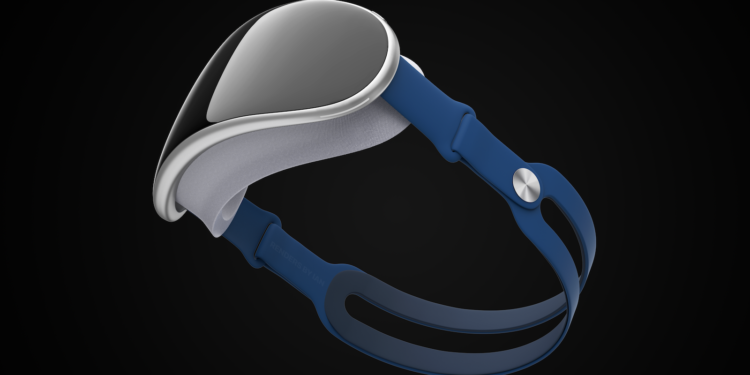Apple's preparations for the launch of a future AR or VR headset continue. The company has filed additional trademarks with the name "Reality".
In May it was announced that Apple trademarked “realityOS” registered , the operating system for its long-reported AR/VR headset. It seems Apple is not done with its efforts to secure as many trademarks as possible for the device. Several trademark applications related to Apple have been found in a number of countries, including the US, EU, UK, Canada, Australia, New Zealand, Costa Rica and Uruguay. They all refer to the terms "Reality One", "Reality Pro" and "Reality Processor".
AR/VR headset: Apple secures “Reality One”, “Reality Pro” and “Reality Processor”
The filings that Bloomberg discovered are not registered directly by Apple. However, the filings follow the usual pattern for Apple trademark filings for upcoming products. The filings were registered to Immersive Health Solutions LLC, which is believed to be a shell company Apple created in February. That company's registration was in turn handled by Corporation Trust Co., a firm used by companies trying to keep their filings secret and distance themselves from them. The filings also involved law firms large and small in each country that also have ties to Apple. Simpson Grierson, for example, handled the "Reality" filings in New Zealand. Apple had previously used the same firm to register the company name "Apple Sales New Zealand."
The market launch is expected in early 2023
While "Reality Processor" could be the name of a chip used in the headset, it's more likely that "Reality One" and "Reality Pro" are the names for the headset or for connected systems. Both "One" and "Pro" are suffixes that Apple has used for its products and services in the past. The Apple headset is said to be in an advanced stage of development and will be a premium device that is lighter and more comfortable to wear than its competitors. The headset, which is expected to cost up to $3,000, will reportedly have two 4K OLED displays, 15 camera modules, and possibly support for eye tracking and hand gestures. Current speculation suggests a launch in early 2023. (Image: Rendersbyjan)





